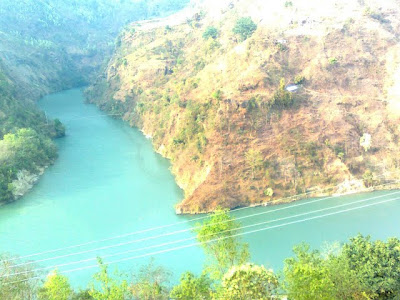
The Electric Consumers Protection Act (ECPA) of 1986, which increased the focus on non-power issues in the hydroelectric licensing process, has contributed to an increase in development costs to the point where new hydroelectric facilities are often only marginally competitive with other conventional electric generating technologies. Since 1986, the time required to obtain a hydroelectric license has grown from two years to four years and the licensing cost has doubled for projects of all sizes. Even with more efficient technology, hydroelectric generation increased only slightly between 1986 and 2000. By 1986, the average size of all hydroelectric projects in the United States was about 35,500 kilowatts. After 1986, new projects completing the licensing and construction process average less than 5,000 kilowatts in size.
The recent availability of cheap natural gas and the minimal permitting requirements for gas-fired electricity generating plants has resulted in a dramatic increase in the construction of these plants. These gas-fired plants are meeting the increasing electricity demand more economically than other generating resources.
In today's climate of increased environmental awareness, the construction of new dams is often viewed more negatively than in the past. Therefore, the construction of a new dam for hydroelectric generation is rare. Only six hydroelectric projects were constructed between 1991 and 2000 with new dam or diversion structures and all of these structures are less than 30 feet (10 meters) in height. Hydroelectric facilities are installed at only about 2 percent of the nation's dams.
The recent availability of cheap natural gas and the minimal permitting requirements for gas-fired electricity generating plants has resulted in a dramatic increase in the construction of these plants. These gas-fired plants are meeting the increasing electricity demand more economically than other generating resources.
In today's climate of increased environmental awareness, the construction of new dams is often viewed more negatively than in the past. Therefore, the construction of a new dam for hydroelectric generation is rare. Only six hydroelectric projects were constructed between 1991 and 2000 with new dam or diversion structures and all of these structures are less than 30 feet (10 meters) in height. Hydroelectric facilities are installed at only about 2 percent of the nation's dams.

No comments:
Post a Comment